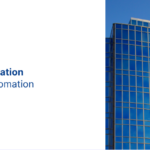SLIM VAT 3 is another package of solutions aimed at facilitating the VAT settlement for entrepreneurs. Proposed changes include simpler invoicing, reduced formalities and improved financial liquidity of companies. With these new solutions, running a company from the VAT settlement perspective will be much easier and less time-consuming.
One of the most important elements of the package is the increase of the sales value limit that entitles you to have the status of a small taxpayer. Currently, this limit is 1.2 million euros, but the Ministry of Finance proposes to increase it to 2 million euros. This will increase the number of entrepreneurs who will be able to use the cash method and quarterly VAT settlement.
Another important element is the extension of the possibilities for using funds on the VAT account. Currently, these funds can only be used to cover VAT tax, but it is proposed that they could also be used to pay taxes on the extraction of some minerals, the retail sales tax, the so-called sugar tax, the so-called shipbuilding tax, fees for “monkeys” and tonnage tax.
SLIM VAT 3 also aims to reduce formalities in international trade. The requirement of having an invoice for Intra-Community Acquisition of Goods (WNT) when offsetting tax charged for this title is being proposed to be abandoned. The legislator also introduces regulations allowing for the correction of declarations outside the OSS and IOSS systems to be made directly to the Łódź Tax Office.
The other assumptions of the subject package of solutions are:
- Easier access to tax information – to unify regulations in the package, one competent authority has been indicated for issuing WIS, WIA, WIT, and WIP. The uniform regulations concern, among others, the principles of issuing and applying WIS and WIA. Fees for a WIS application are to be abolished.
- Easier invoicing and fewer obligations – simplifications in reporting reconciliation concerning invoicing (e.g. adjusting invoice conditions to e-receipts) and keeping sales records using cash registers (e.g. the possibility of waiving the obligation to print fiscal documents by taxpayers) are to be introduced. A new system for distributing electronic receipts is to be introduced.
- Less number of corrections and friendly VAT settlement – clarification in the application of the exchange rate for correcting invoices when the invoice has been issued in a foreign currency.
- The legislator introduces the option of waiving correction if the difference between the initial and final proportion does not exceed 2 percentage points.
- In addition, the package of solutions removes the requirement of coordinating the proportion of deductible VAT with the head of the tax office in the form of a protocol, instead introducing the obligation to inform the head of the tax office of the adopted proportion. Furthermore, the limit allowing to consider that the proportion of deduction is 100% changes from the current 500 PLN to 10,000 PLN in case the proportion exceeds 98% – this applies to taxpayers who carry out taxable and VAT-exempt activities and allows full deduction of the VAT amount for taxpayers for whom a significant part of their turnover consists of VAT-taxable activities.
- Transfer of funds between VAT accounts – the legislator regulates the issue of transferring funds between VAT accounts in a group, introducing the possibility of transferring funds from the VAT account of a group member to the VAT account of the group’s representative.
























